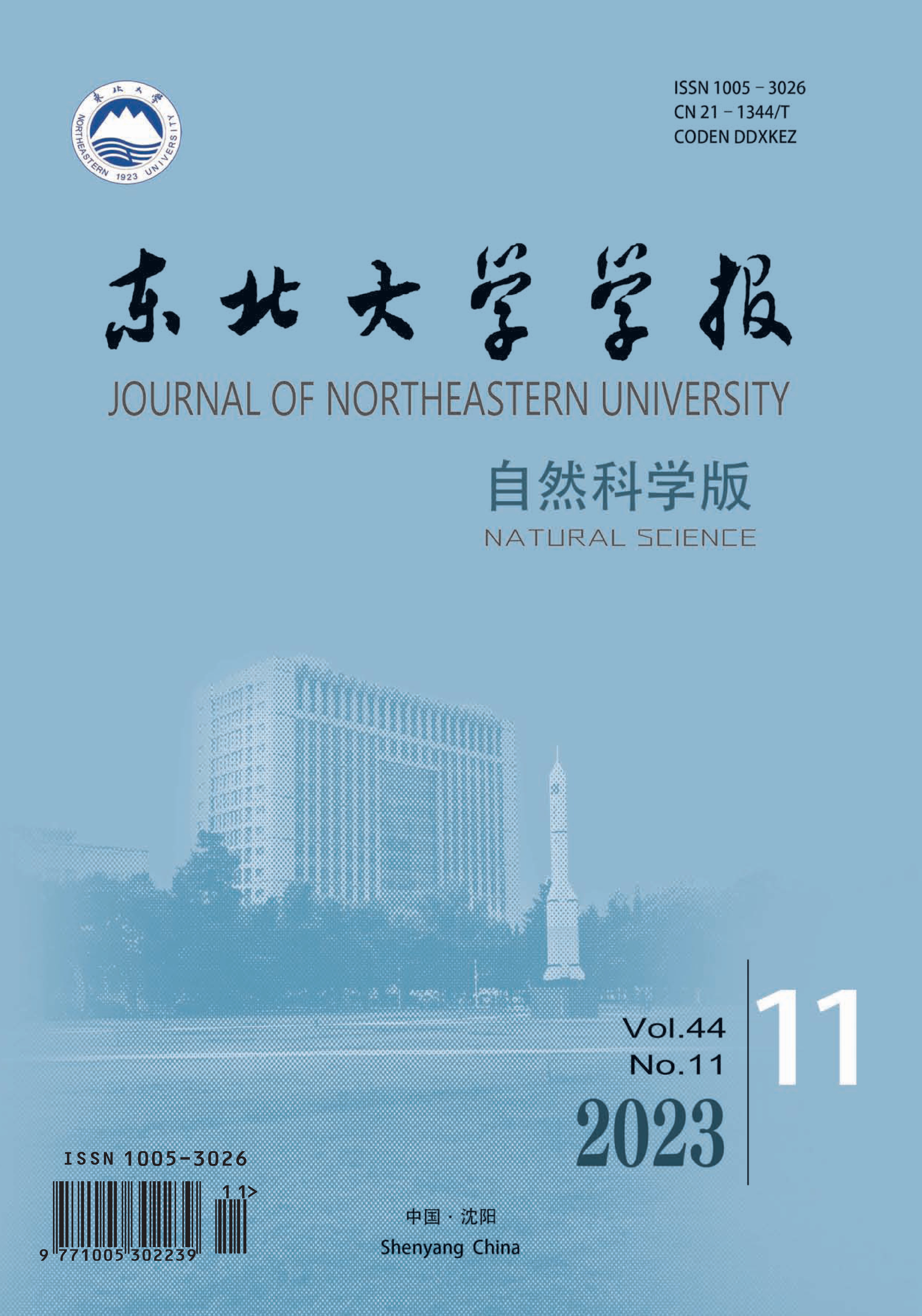|
Agent Path Planning Algorithm Based on Improved SNN-HRL
ZHAO Zhao, YUAN Pei-xin, TANG Jun-wen, CHEN Jin-lin
2023, 44 (11):
1548-1555.
DOI: 10.12068/j.issn.1005-3026.2023.11.005
Aiming at the difficult exploration problems of traditional Skill discovery algorithms such as SNN-HRL(stochastic neural networks for hierarchical reinforcement learning), this paper proposes a hierarchical reinforcement learning algorithm that integrates multiple exploration strategies(MES) based on SNN-HRL algorithm. The proposed algorithm improves the traditional hierarchical structure, including three layers: exploration trajectory layer, learning trajectory layer, and path planning layer. In the exploration trajectory layer, the trained agent can explore as many unknown environments as possible to provide sufficient environmental state information for the subsequent training process. In the learning trajectory layer, the training results of the exploration trajectory layer are used as “priori knowledge” for the training to improve the training efficiency. In the path planning layer, skill that agent has learned are used to complete the path planning task. By comparing the performance of the MES-HRL and SNN-HRL algorithms in different environments, the simulation results show that MES-HRL algorithm solves the exploration problem of the traditional version of the algorithm and has better path planning capabilities.
References |
Related Articles |
Metrics
|

